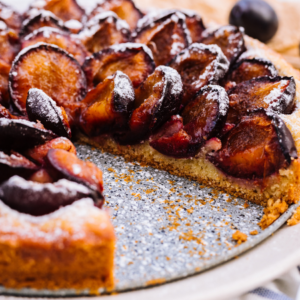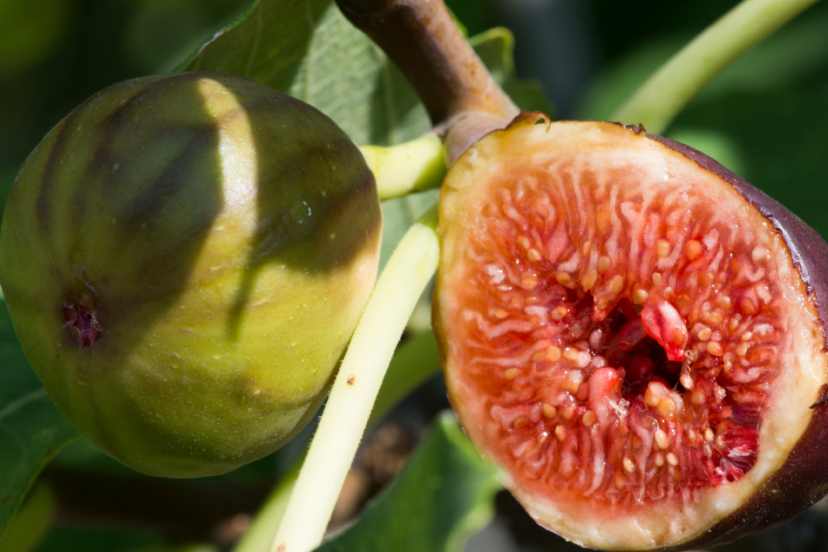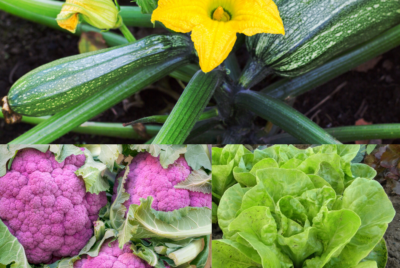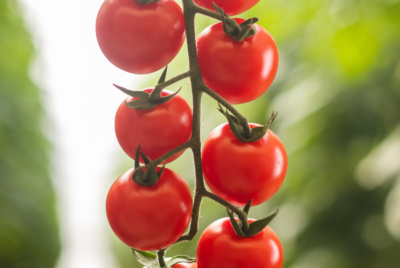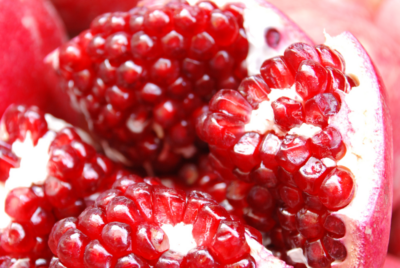Unlocking The Secret To Growing Fig Trees In Pots
With their sweet fruit and lush foliage, fig trees make for a delightful addition to any garden or balcony. Growing fig trees in pots allows even those with limited space to enjoy these delicious fruits. In this informative guide, we will reveal the key secrets to successfully cultivating fig trees in containers, ensuring a bountiful harvest and healthy tree growth. Learn about the best container size, proper soil mix, ideal watering routine, and imperative care tips to have thriving fig trees in pots.
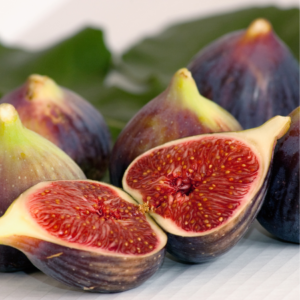
Key Takeaways:
- Choose the right size pot: Select a pot that is at least 24 inches wide and 12 inches deep to accommodate the fig tree’s root system.
- Use well-draining soil: Opt for a high-quality potting mix that allows excess water to drain out easily to prevent root rot.
- Provide adequate sunlight: Place the potted fig tree in a sunny location where it can receive at least 6-8 hours of sunlight per day.
- Water consistently: Keep the soil evenly moist by watering the fig tree regularly, especially during hot summer months.
- Prune for growth and shape: Regularly prune the fig tree to promote healthy growth and shape, focusing on removing dead or damaged branches.
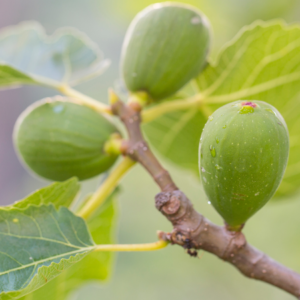
Choosing the Right Fig Tree Varieties for Pots
Types of Fig Trees Suitable for Containers
While growing a fig tree in a pot, choosing the right variety is crucial for success. Not every type of fig tree is suitable for container growing. Brown Turkey, Celeste, Petite Negra, Alma, and Desert King are some of the best varieties that thrive in pots. Recognizing the specific needs of each variety will help in providing optimal growing conditions.
| Brown Turkey | Celeste |
| Petite Negra | Alma |
| Desert King |
Benefits of Each Variety
Tree VarietyBrown Turkey fig trees are known for their sweet fruit, whereas Celeste fig trees produce small but tasty figs. Petite Negra trees are ideal for smaller spaces, while Alma fig trees are prized for their flavor. Desert King fig trees are a great choice for those in cooler climates. Each variety offers unique flavors, sizes, and adaptabilities to different growing conditions.
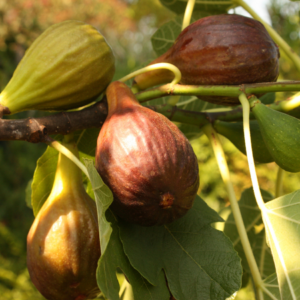
Preparing to Plant
Selecting the Perfect Pot
Some key factors to consider when selecting a pot for your fig tree are size, material, and drainage holes. Choose a pot that is at least 20 inches in diameter to allow enough space for the roots to grow. Terra cotta or plastic pots work well, and make sure the pot has several drainage holes at the bottom to prevent waterlogging. Consider an air pruning pot for greater harvests and a healthier root system.
Essential Soil Mix and Drainage Tips
One of the most important aspects of growing fig trees in pots is using the right soil mix and ensuring proper drainage. Use a well-draining potting mix with a combination of peat moss, perlite, and compost. Make sure to layer the bottom of the pot with small rocks or broken pottery to enhance drainage.
- Peat moss, perlite, and compost mix
- Layer the bottom with small rocks or broken pottery
- Avoid using heavy garden soil or soils that retain too much moisture
On top of providing a rich and well-draining soil mix, ensure there are adequate drainage holes at the bottom of the pot to prevent water from pooling around the roots. Proper drainage is crucial to prevent root rot and other issues that can harm your fig tree.
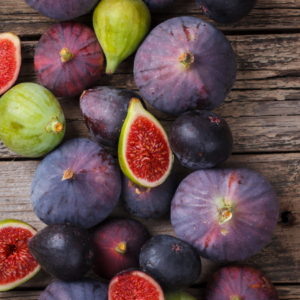
Caring for Your Fig Tree
Sunlight and Watering Requirements
Now, let’s talk about the two most important factors for your fig tree’s health: sunlight and watering. Fig trees thrive in full sun, so make sure to place your potted tree in a spot where it can get at least 6-8 hours of sunlight each day. Regarding watering, make sure the soil is well-drained but consistently moist. Avoid overwatering as it can lead to root rot, while underwatering can cause the fruit to drop prematurely. Check the soil regularly and water when the top inch feels dry.
Pruning and Winter Care
Tree maintenance is key for a healthy, productive fig tree. Pruning helps promote fruit production and overall tree growth. You can prune your tree in late winter or early spring before new growth appears. Remove any dead or damaged branches, as well as any crossing branches that can hinder air circulation. During winter, protect your potted fig tree by bringing it indoors to a cool, dark place. Water sparingly to prevent the roots from drying out.
Understanding the pruning and winter care needs of your fig tree is necessary for its long-term health and fruit production. By providing adequate sunlight, water, and maintenance, you can enjoy a bountiful harvest of delicious figs year after year. Remember to adjust your care routine based on the specific needs of your tree and enjoy the process of nurturing your own fig tree in a pot!

Troubleshooting Common Issues
Once again, growing fig trees in pots can present some challenges. However, with the right knowledge and care, you can overcome common issues that may arise.
Dealing with Pests and Diseases
An important aspect of caring for fig trees is being proactive in preventing and treating pests and diseases. Keep an eye out for common fig tree pests like aphids and spider mites, and treat any issues promptly. Ensure proper ventilation and avoid overwatering to prevent diseases such as powdery mildew.
How to Handle Fig Tree Stress Factors
On top of pests and diseases, fig trees can also experience stress from environmental factors. To combat stress, provide consistent watering, adequate sunlight, and proper nutrition for your tree. Additionally, consider repotting the tree if it has outgrown its container. If you haven’t yet heard about air pruning pots click on the link and find out how to get bigger harvest through a healthier root system.
- Monitor soil moisture levels regularly
- Ensure proper drainage
After addressing these stress factors, your fig tree should bounce back to health.
Stress: Fig trees experiencing stress may exhibit signs such as leaf drop, stunted growth, or yellowing leaves. It’s important to address the underlying causes of stress promptly to prevent long-term damage to the tree. By providing proper care and addressing stress factors promptly, you can help your fig tree thrive and produce bountiful harvests.
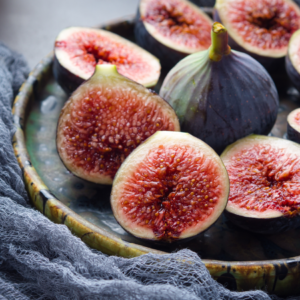
Final Thoughts
Despite the challenges that come with growing fig trees in pots, the rewards are well worth it. With proper care and attention, it is possible to successfully grow fig trees in containers. Here are some key points to keep in mind for thriving fig trees:
Watering: Proper watering is important for the health of your fig tree. Ensure the soil is consistently moist but not waterlogged.
Sunlight: Fig trees thrive in full sunlight, so make sure your tree gets at least 6-8 hours of sunlight per day.
Pruning: Regular pruning helps maintain the shape of the tree, promotes air circulation, and improves fruit production.
Fertilizing: Use a balanced fertilizer to provide important nutrients to your fig tree during the growing season.
By following these guidelines and giving your fig tree the care it needs, you can enjoy a bountiful harvest of delicious figs right from your own backyard. Happy growing!
FAQ
Q: Can I grow a fig tree in a pot?
A: Yes, you can definitely grow a fig tree in a pot. It is a great option for those with limited space or who want to easily move their tree around.
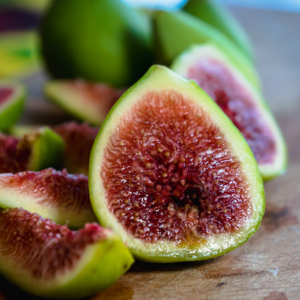
Q: What type of pot should I use for my fig tree?
A: Choose a large pot with drainage holes to allow excess water to escape. A 10 to 15-gallon container is recommended for optimal fig tree growth.
Q: How often should I water my fig tree in a pot?
A: Fig trees in pots should be watered regularly, especially during hot weather. Check the soil moisture by sticking your finger an inch into the soil – if it’s dry, it’s time to water.
Q: Should I fertilize my potted fig tree?
A: Yes, fertilize your fig tree in a pot with a balanced fertilizer every 4-6 weeks during the growing season (spring and summer). Follow the instructions on the fertilizer packaging for best results.
Q: Can I keep my potted fig tree indoors during winter?
A: While fig trees can be brought indoors during winter in colder climates, they generally prefer to be outside. Place your potted fig tree in a cool, dark area like a garage or basement where the temperature stays above freezing. Limit watering during the dormant season.
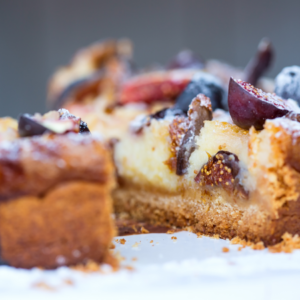
Companion Planting Cucumber with Zucchini and Squash
Compapnion Plant Broccoli with Compatible Veggies
Maximize Your Harvest – Companion Planting Arugula with watercress and Endive
Recipe for Upside Down Fig Cake
